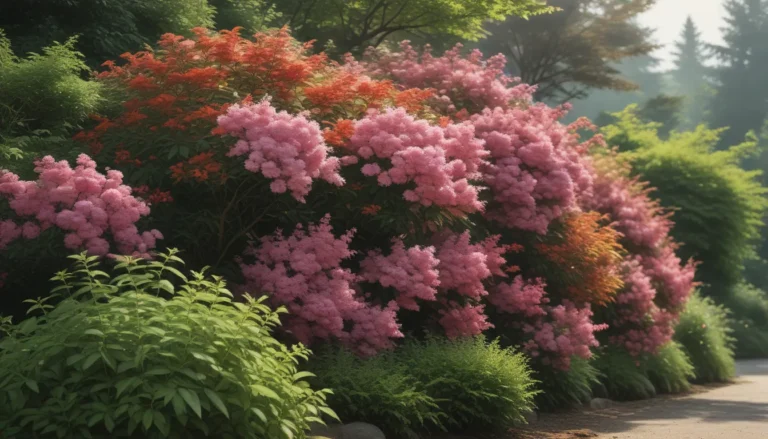The Ultimate Guide to Successfully Planting and Growing Chinese Junipers

Chinese junipers are the unsung heroes of any garden. They are versatile plants that can thrive in challenging conditions. No matter how windy, salty, polluted, or eroded your spot is, Chinese junipers can rise to the occasion.
In this guide, we’ll delve deep into the world of Chinese junipers – from their cultivation and history to propagation, growing tips, pruning and maintenance, cultivars to select, managing pests and disease, best uses, and a quick reference growing guide.
What Is Chinese Juniper?
Juniperus chinensis, true to its name, hails from China, as well as Mongolia, Taiwan, Korea, Russia, and parts of Japan. What sets Chinese junipers apart from their cousins is their unique conical growth habit, blue berries that take 18 months to mature, and distinctive juvenile and mature leaves.
Cultivation and History
Chinese junipers have a rich history, with hundreds of years of cultivation. They’ve been favored for bonsai artistry since the 700s in China. Westerners, including Carl Linnaeus, recognized the beauty of Chinese junipers in the 18th century.
Today, there are over a hundred cultivars to choose from, each varying in foliage color, size, and shape. Whether you prefer upright cultivars, bushy options, or plants with unique colors, Chinese junipers have something for everyone.
Propagation
While seed propagation is not the best method for Chinese junipers, air layering and cuttings are ideal. Air layering during the spring involves carefully stripping away bark and cambium to expose the hardwood and encourage root development in moist sphagnum moss.
Taking cuttings is another reliable method, where you simply remove leaves from the base of a branch, dip it in rooting hormone, and plant it in seed-starting medium. Transplanting nursery starts and saplings is also a straightforward process in the spring or fall.
How to Grow
Chinese junipers prefer moderately moist, well-draining soil and at least six hours of sunlight per day. Regular irrigation is necessary, especially during the plant’s early years. Fertilizing is crucial for container plants, and a mild, all-purpose or tree-specific fertilizer is recommended.
Growing Tips
Here are some quick tips to help you grow healthy Chinese junipers:
– Plant in full sun
– Water when the top inch of soil dries out
– Feed container plants with a mild fertilizer
Pruning and Maintenance
Chinese junipers require minimal maintenance, with occasional pruning to remove dead or diseased branches. Mulching with well-rotted compost can provide additional nutrients and help protect the roots in the winter.
Cultivars to Select
There is a wide range of Chinese juniper cultivars to choose from, each with its unique characteristics. Here are a few standout options:
– Blue Point
– Gold Star
– Hollywood
– Parson’s
– Sargent
– Shimpaku
– Spartan
Managing Pests and Disease
Chinese junipers are generally resistant to pests and diseases, but a few issues may arise. Spider mites and scale are common pests that can be controlled with proper pruning and treatment. Cedar apple rust and Cercospora blight are potential diseases that can be managed with early detection and treatment.
Best Uses
Whether you use them for bonsai art, as a hedge or screen, or as specimen plantings, Chinese junipers are versatile and can adapt to various garden settings. The smaller cultivars are also ideal for container planting and topiary.
Quick Reference Growing Guide
Use this quick reference guide to help you grow and care for Chinese junipers effectively.
By following these guidelines and tips, you can successfully plant and grow Chinese junipers in your garden. These versatile plants are a classic addition to any landscape, bringing color, texture, and beauty to your outdoor space. Experiment with different cultivars, and share your experiences in the comments section below!
Remember, the world of junipers is vast and varied. If you’re eager to learn more, explore our other guides on junipers, including tips for growing Skyrocket Junipers, caring for Creeping Junipers, using Juniper berries in the kitchen, and growing Blue Star Junipers. Happy gardening!





